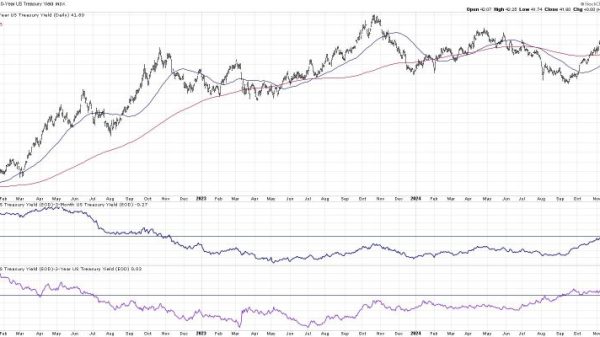Gold has always been a highly sought-after commodity due to its intrinsic value and perceived stability as an investment. Investors often turn to gold as a safe haven during times of economic uncertainty and market fluctuations. Understanding the key support levels for gold is crucial for traders and investors looking to make informed decisions when buying or selling this precious metal.
Support levels in technical analysis refer to price levels where a decline in the asset is expected to stop or find support, preventing it from falling further. These levels are significant as they indicate potential entry points for buyers to enter the market or for sellers to exit existing positions. For gold, key support levels help in determining the strength of the current trend and forecasting potential price movements.
One of the primary support levels for gold is the psychological level of $1,800 per ounce. Psychological levels are price points that have strong psychological significance for traders and can act as key support or resistance levels. In the case of gold, $1,800 is a crucial level as it represents a significant round number and has historically served as both support and resistance for the precious metal.
Another important support level for gold is the 200-day moving average, a widely used technical indicator that smooths out price data to identify trends over a more extended period. The 200-day moving average is considered a reliable indicator of the long-term trend, and when the price of gold approaches or bounces off this level, it often signals a reversal in trend or a continuation of the current trend.
Additionally, Fibonacci retracement levels are commonly used by traders to identify potential support and resistance levels. These levels are based on the Fibonacci sequence and can help traders determine potential price reversal points based on the ratio of a stock’s previous move. In the case of gold, Fibonacci retracement levels can be used to identify support levels that coincide with key Fibonacci ratios, such as 38.2%, 50%, or 61.8%.
Support levels for gold can also be influenced by macroeconomic factors such as interest rates, inflation, and geopolitical events. For example, a decrease in interest rates or concerns about inflation can drive investors towards gold as a hedge against economic uncertainty, leading to increased demand and higher support levels for the precious metal.
In conclusion, understanding the key support levels for gold is essential for traders and investors seeking to navigate the dynamic and often volatile precious metals market. By analyzing psychological levels, moving averages, Fibonacci retracement levels, and macroeconomic factors, market participants can make more informed decisions when trading or investing in gold. Keeping a close eye on these support levels can provide valuable insights into the potential direction of gold prices and help traders capitalize on opportunities in the market.




























